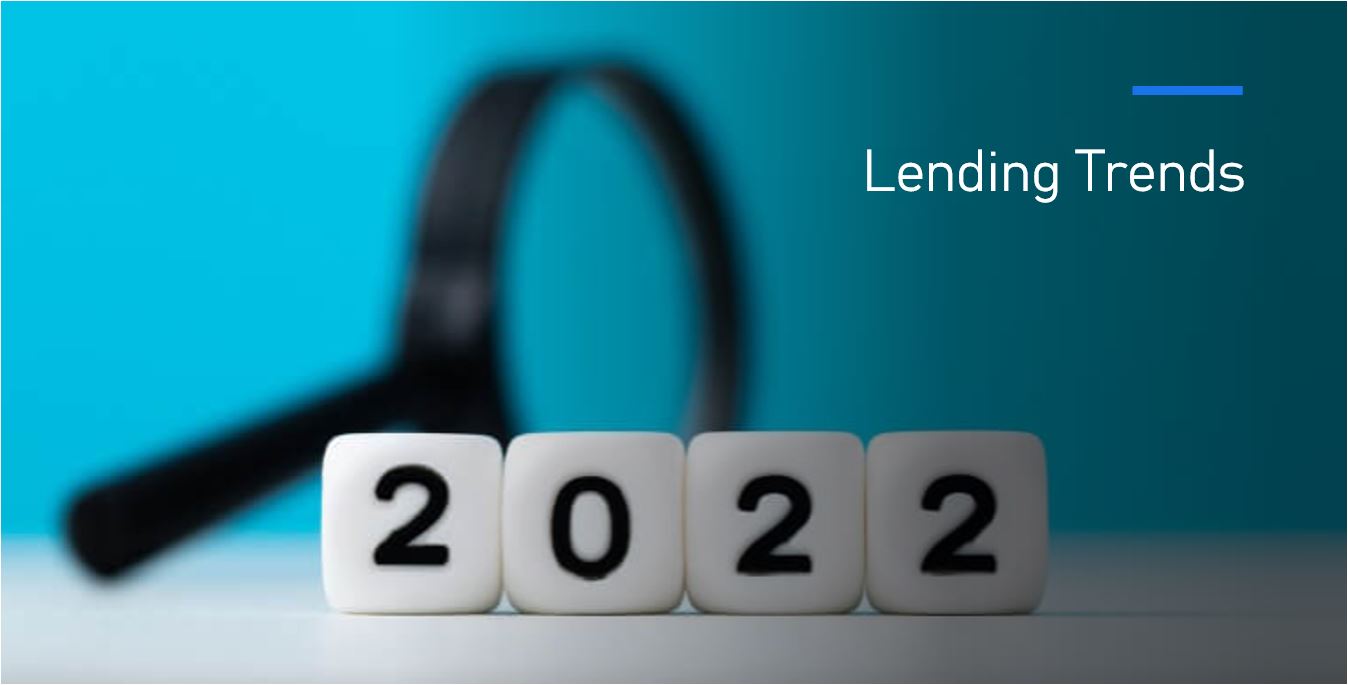As we enter this next phase of the recovery, the future is unfolding. 2021 has taught all of us a lot about handling the unexpected. Although FinTechs have been upending traditional banking models for years, the pandemic presented opportunities to enterprises to reinvent, adapt and emerge stronger. To ensure the continuation of the economy, lenders were responsive by creating new business models, targeting new customer segments, and future-proofing new strategies.
As we stepped into 2022, let’s find out the Lending trends for this year and how can lenders adapt to them.
Trends that will shape lending in 2022
Customer Affordability as a Service: As economic activity rebounds, people are facing elevated levels of inflation with potential increases in interest rates forecast in early 2022. To meet the increasing regulatory requirements and to ensure good customer outcomes, firms need to work towards more customer-centric affordability assessments. The introduction of consistent modelling for income and outgoings across all areas of the business will give lenders increased control, consistency, and agility to react to regulatory changes.
Open Banking battle heats up: From frictionless payments to providing more secure and simple ways to pay – open banking will be a headline trend in 2022. The growth of Open banking represents both a challenge and an opportunity to the traditional incumbents in the payments and lending markets, who will need to have and execute a clearly defined Open Banking strategy.
‘Buy-now pay- later’, is trending : The global pandemic and the growing need for splitting the cost of purchases over a period has led to widespread adoption of BNPL products. According to the Q4 2021 BNPL Survey, BNPL payment in the United States is expected to grow by 66.5% on annual basis to reach US$ 82086.8 million by the end of 2022.
Demand for alternative credit scoring: With the novel coronavirus pandemic disrupting economies around the world, the importance of credit as a tool for rebuilding has come into sharp relief — as has the need for alternative scoring for borrowers. Traditional systems restrict borrowers with no credit history, alternative credit scoring software solutions open an opportunity for such applicants by analyzing and giving a gauge of the overall financial health of applicants with no credit score.
Automation will expand among mainstream lenders: Automation will continue its rapid expansion in 2022 from its current position. According to predictions by Gartner, the worldwide market for technology that enables hyper-automation is set to reach $596.6 billion in 2022, up from $481.6 billion in 2020.
Final thoughts
Thanks to the pandemic and technological advances, major shifts are coming for finance. Customers’ financial needs are constantly evolving. It’s time for financial leaders to think beyond traditional bottom-line metrics and develop strategies that serve both business and societal needs by putting purpose and trust at the top of the agenda. There’s never been a better time to reach higher.





